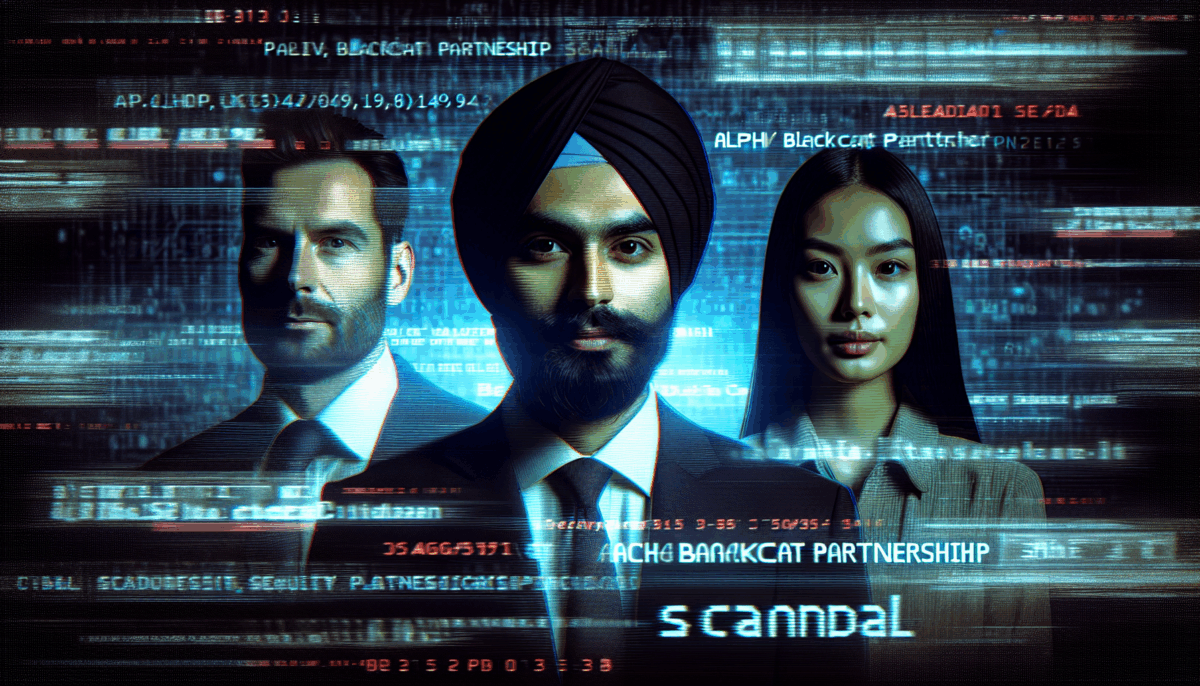- Origin Energy allocates $210 million towards Kraken’s separation from Octopus Energy.
- Kraken, with a valuation of $12.91 billion, will establish itself as a standalone entity.
- Kraken’s AI-driven platform manages more than 70 million customer accounts globally.
- This demerger opens doors for a possible Kraken IPO in the next two years.
- Origin Energy holds a 22.7% share in Kraken after the deal.
- Origin relinquishes exclusivity on Kraken’s services in Australia in exchange for further equity.
Kraken’s Autonomy: A New Era
In a notable development in the energy landscape, Octopus Energy from Britain has revealed the separation of its technology division, Kraken, into an independent firm, valued at an impressive US$8.65 billion (AU$12.91 billion). This action follows a fruitful funding initiative led by D1 Capital Partners.
Kraken’s Contribution to the Energy Industry
Kraken delivers state-of-the-art energy software solutions to prominent utilities and energy firms internationally, including EDF, National Grid US, Tokyo Gas, and Australia’s own Origin Energy. Its AI-empowered operating system is currently responsible for overseeing over 70 million customer accounts, underlining its extensive influence in the energy sector.
Financial Support and Expansion Opportunities
Current and new investors, including Origin Energy, are poised to acquire around US$1 billion in Kraken’s shares, with Origin dedicating US$140 million (AU$210 million). This funding represents a crucial advancement toward Kraken’s separation from Octopus Energy, which will still hold a 13.7% interest.
IPO Possibilities Ahead
The demerger has triggered conversations regarding a potential Initial Public Offering (IPO) for Kraken within the next two years, as indicated by The Financial Times. While Reuters could not substantiate this, the possibility of a Kraken IPO introduces an intriguing aspect to its future.
Strategic Decisions by Origin Energy
Origin Energy, utilizing Kraken to enhance its retail operations, will sustain a 22.7% stake in Kraken after the deal closes. Furthermore, Origin has decided to forfeit exclusivity on Kraken’s services in Australia, procuring an additional 1.5% equity stake in exchange. This strategic alteration may foster increased competition and improve service offerings across Australia’s energy landscape.
Conclusion
Kraken’s transition to an independent organization signifies a considerable transformation in the energy sector, with notable investments and strategic adjustments setting the stage for potential growth and development. Origin Energy’s proactive stance demonstrates its dedication to embracing innovative technology to transform its business framework and potentially reshape the Australian energy scene.
Q: What is Kraken’s primary function in the energy sector?
A: Kraken offers AI-powered energy software solutions to leading utilities and energy organizations globally, overseeing over 70 million customer accounts.
Q: How much is Kraken valued at following the spinout?
A: Kraken’s valuation stands at US$8.65 billion (AU$12.91 billion) after the separation.
Q: What role does Origin Energy play in Kraken’s future?
A: Origin Energy has invested US$140 million (AU$210 million) in Kraken, retains a 22.7% stake, and has waived exclusivity for additional equity.
Q: Is there an IPO planned for Kraken?
A: There are indications of a potential IPO for Kraken within the coming two years, although this has not been officially verified.
Q: How does the demerger affect Octopus Energy?
A: Post-demerger, Octopus Energy will keep a 13.7% share in Kraken and will secure an extra US$320 million investment into its operations.
Q: What impact might this have on the Australian energy market?
A: By waiving exclusivity, Origin Energy may promote heightened competition and innovation in the Australian energy sector as more companies gain access to Kraken’s technology.












